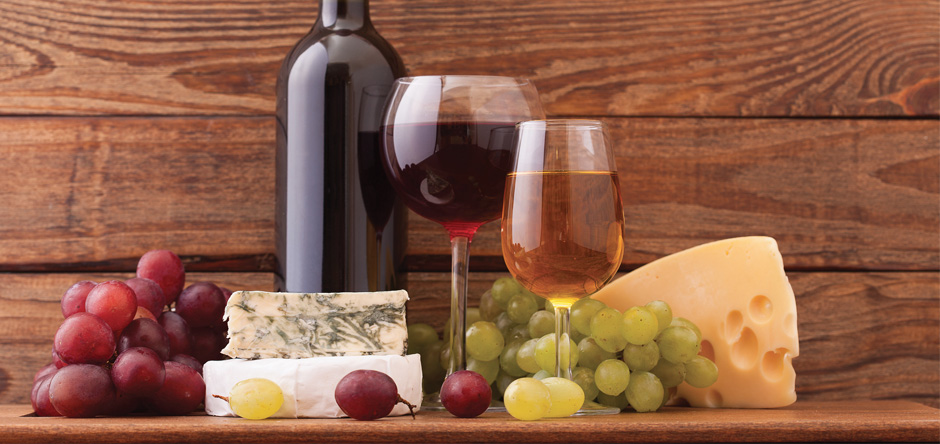One of the most wonderful rituals found in virtually all cultures is the household welcome. Around the world, when a guest is invited into someone’s home, food and drink are offered. Some cultures are casual, providing visitors with tea or a cheese plate with a beer or a glass of wine. Other cultures take it to the extreme, as in the indigenous peoples of the Pacific Northwest, where a potlatch feast can last many days and nights and take weeks or even months to prepare for it. This offering, regardless of the degree of difficulty or the effort involved, is designed to create an oasis, a mini utopia away from the bustle of everyday living to allow for personal connection, forging community alliances, sharing, catching up or just plain fun.
Regardless of the culture, the food/drink pairings are all-important. It was easy in the America of the 1950s and ’60s. All the adults I knew drank their never-changing cocktail of choice before, during and after dinner. And it was typically the same cocktail year-round.
The beer was usually a generic Budweiser or Schlitz. Now there are inspired beer, ale and lager producers all over the world, making boutique-style beverages loaded with every imaginable malt and hops-borne flavor. These craft beers can be served as afternoon refreshers or as meal enhancers, with a beer pairing for each course. There are even fruit lambic (spontaneously fermented) beers — flavored with strawberry, peach or raspberry, reminiscent of a sparkling wine — that can pair beautifully with a dessert course.
So how precise and technical is this food and beverage pairing? Should food and wine flavors be complementary? Or is contrast, as in pairing a sharp, acidic wine with fatty sauces, better? In my world there are no absolutes. I am a pescatarian, having giving up the consumption of land animals decades ago. I often go to wine dinners where meat entrées are always served with big hearty reds. I am usually offered a fish option and I taste the wine that was “specifically paired with this meat dish.” Well, almost without exception, it works just fine with my very different entrée as well.
A couple of years ago I was invited to a Rutini wine luncheon at Daniel, Daniel Boulud’s restaurant in Manhattan. Rutini, a large Argentine company on a world tour to promote its wines, had engaged Michelin-starred chef Mauro Colagreco to travel for a year, collaborating with some of the great chefs. I was the only wine-focused journalist at this event. All the others at the extended table were food-book authors and food journalists. Each course was paired typically and perfectly, but when the main course and pairing arrived the entire table went silent for a minute. A big hearty Rutini Malbec was being paired with Chef Colagreco’s Dover Sole. Everyone snapped a phone picture or two and looked at one another like confused kids. But with a bite and a sip everyone was smiling and happy, exclaiming it to be a bold concept that worked wonderfully.
I had another luncheon at Le Cirque at about the same time. As each course and wine was presented, the wine maker would hold his plate of food in his left hand and his wine in his right and deeply take in the aromas of each right beside each other. For him, if the smells synchronized and worked well together, it was a proper pairing.
So go easy on yourself. There is no real science and no magic here. If you like the food and you like the wine and, if in your opinion, they go well together, you have a perfect pairing. Experiment. Explore culinary and oenological options. Try wines from all over, some made from grape varieties you cannot pronounce grown in countries you can’t point out on a world map. Taste wines from all over the dry/sweet continuum. And that’s all there is to it. We’re all experts here.
Write me at doug@dougpaulding.com.


